The Future of America’s Middle Neighborhoods
In the 19th and 20th centuries, middle neighborhoods sprang up to house middle-income families drawn to U.S. cities by the dramatic rise of industry.
It’s about wealth creation and it’s about changing the trope, changing people’s opinion of Hough.
In the 19th and 20th centuries, middle neighborhoods sprang up to house middle-income families drawn to U.S. cities by the dramatic rise of industry.
This report explores the challenges of regenerating America's legacy cities and suggests ways to overcome obstacles such as job and population loss.
Renowned city planner and housing advocate Alan Mallach presents effective strategies for community leaders, local officials, and nonprofits contending with vacant properties in the United States.
The national dialogue about rising waters tends to focus on coastal states like Florida and New York. But residents in Michigan, which has one of the longest coastlines in the continental U.S., are also contending with changes.
I feel like we are a lost community, and there’s a lot of potential around here, but we don’t have anything to strive with.
In Cleveland’s most isolated area, people can commute downtown on public transit, but they struggle to reach distant suburbs such as Avon, where many employers are now located. Planning for job access is essential to helping these residents escape poverty and spatial inequality.
We’ve got something they don’t have: we’ve got a city!
Tracking the growth of “downtowns” in both a city and a suburb, data reveals a sign of their continued popularity: a disproportional uptick in residential units.


Downtown Housing Occupancy in 2018

Downtown Residents Works in Healthcare
Julie Campoli, author of Made for Walking: Density and Neighborhood Form, shows how Davis Square in Somerville, Massachusetts, has all the essential ingredients of a well-designed, walkable neighborhood.
Over the past 40 years, economic inequality in the United States has returned to levels last seen in the 1920s. This gap has become more pronounced in many cities where wealth and poverty are concentrated geographically.
In a once-thriving part of Cleveland, residents join forces with city planners, nonprofits, and banks to take control of blighted properties and turn around their neighborhood.
Land banks provide a mechanism for acquiring vacant land and returning it to productive use. Largely pioneered by Cleveland after initial success in St. Louis, Missouri, land banks are now helping many American cities deal with blight in the wake of the foreclosure crisis.

Vacant and Abandoned Properties Eliminated in Cleveland since 2006

Side Yards Created

Affordable Single Family Homes Created

Affordable Units in Multifamily Buildings
The health of a city’s public schools is a bellwether for quality of life; when voters no longer prioritize education over short-term concerns, future generations will experience long-term consequences.
Public schools in Cleveland’s inner neighborhoods continue to struggle, but residents are recognizing that strong schools are key to the city’s future.

of Cleveland schools were on academic watch or emergency in 2012

of Cleveland neighborhoods only had access to failing schools in 2012

This neighborhood has embraced people that the world has thrown away, who are going to be the ones who bring vitality back to Cleveland.
As smaller legacy cities continue the grueling work of rebounding from the severe economic and population losses suffered since their manufacturing heydays, the green approach is gaining traction.
Reoriented for pedestrians, suburban neighborhoods can thrive and diversify to better support local economies, raise quality of life indicators, and improve local and regional environmental conditions.
The struggling Bangor Mall is a national parable of changing retail habits.
Imagery in the above videos are courtesy of the following:
Blue Lake: The Library of Congress; The National Archives; Pond 5; Scientific American; Smithsonian Institution Archives, Image # SIA2008-0307; Western Reserve Historical Society.
Dream Neighborhood: Cleveland Metro School District; Pond5; Shane Wynn; Shutterstock; Threeblur0; Western Reserve Historical Society.
Forgotten Triangle: Brookings Institution; Carmen Angelo/WTAM-iHeartMedia; Case Western Reserve University; Cleveland Metro School District; Cleveland Plain Dealer; Ed McDonald/Taco Slayer Aerial Urban Exploration & Community Activism; Ohio Department of Transportation; Pond5.
Green City: FreshWater.
Lakefront City: Google Maps; The National Archives; Smithgroup JJR.
Click here to watch the entire 2006 film Cleveland: Confronting Decline in an American City, a documentary film produced by Northern Light Productions and the Lincoln Institute of Land Policy.